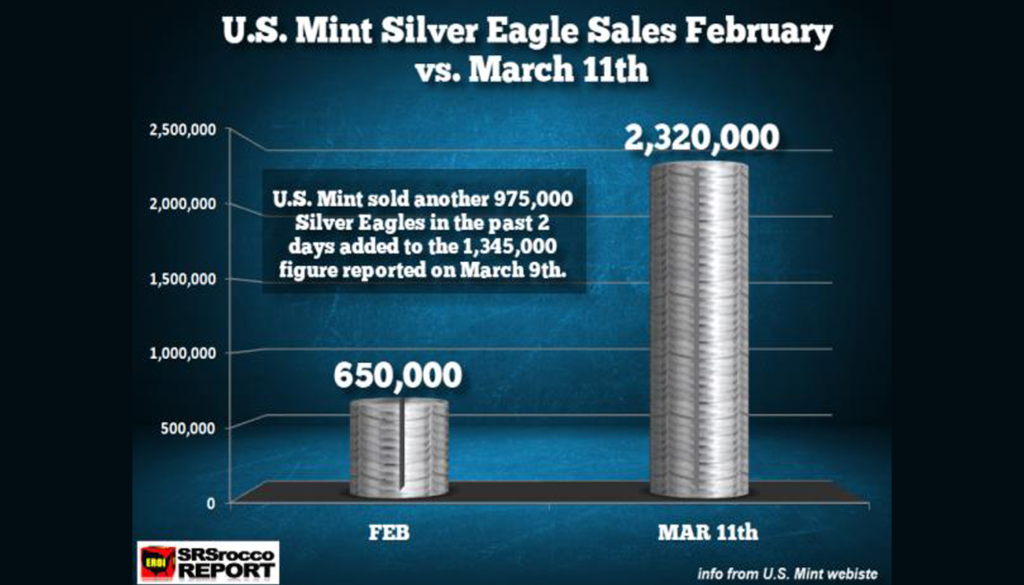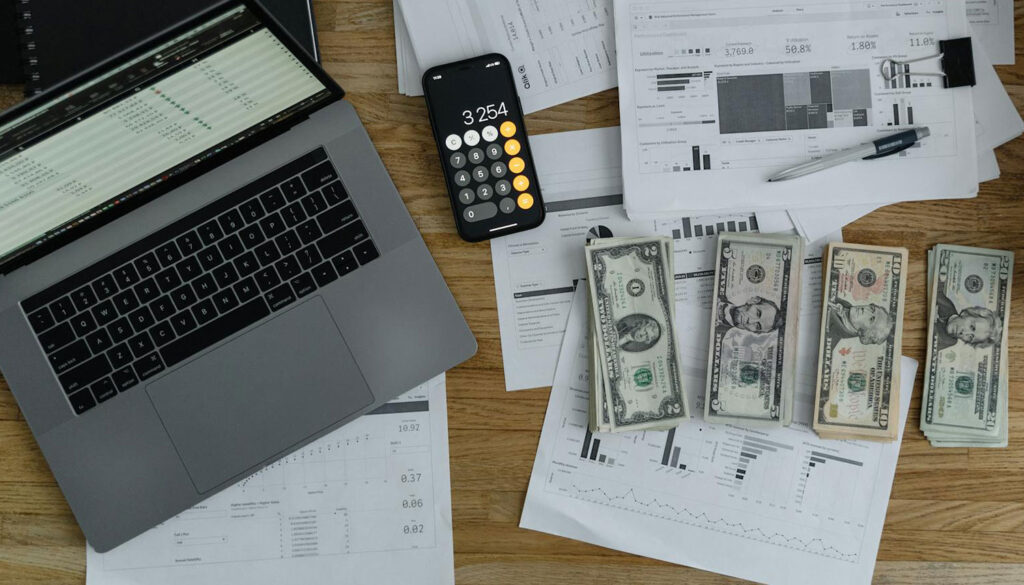Trading precious metals over the COMEX entails numerous risks and is a tool used by the power elites to manipulate the gold market. We at Global Gold are therefore convinced that when it comes to gold, nothing comes close to holding the physical and unencumbered ownership of gold outside of the banking system. In this article we will provide an introduction on how trading on the COMEX works. How it is used to manipulate gold prices and explain why, due to its risk, investors should stay away from this type of “paper gold” market.
The COMEX is a futures market. When you buy (or sell) gold over COMEX, you are not gaining (or giving up) physical ownership of a metal, but rather promising to buy (or sell) gold at some future date at a predefined price. The counterparty to all transactions is the exchange; it steps in when an individual on the long or short side defaults. The exchange sets the initial margin. This needs to be deposited before a party can enter into any transaction. On a daily basis the losses and gains are either subtracted or added. If the margin falls under a specific level (the so-called maintenance margin) the broker calls the client (margin call) and asks for additional funds to be deposited. We should however mention that the margin is only a fraction of the contract value and therefore the whole exchange is built on pretty shaky ground.
It is fair to say that most gold and other precious metals contracts on the COMEX do not end up being physically settled at all. They are offset beforehand. Offsetting means that you enter into a transaction opposite to the one you initially entered. If you bought a gold future for example, you sell the same contract and take your profit or loss without having any further obligation or taking possession of the metal. Most traders on the COMEX are uninterested in physical delivery; preferring to speculate on price movements in gold prices. This can be clearly seen when one compares the open contracts of April, which has 250’000 open contracts and the February contract (which can be delivered at any time), which has a mere 2’000 contracts outstanding.
Now, after understanding how the COMEX works you might be wondering how the gold price manipulation is taking place. Ted Butler was among the first ones to bring this matter to the attention of the general public. At the other side of the Atlantic, Dimitri Speck uncovered and analyzed this phenomenon mathematically into great detail. Gold price manipulation can take place either by increasing the supply of gold or reducing the price expectations. The selling of gold by major Western central banks and gold leasing is aimed at increasing the supply; thus reducing the price. With regards to the COMEX the second aspect is important; namely the reduction of the price expectations.
If one analyzes the gold price during the day, one can see a systematic manipulation taking place during early COMEX trading; were the price systematically and drastically loses in value. We at Global Gold are convinced that this artificially created volatility is done to drive investors away from gold.
Due to the fact the gold is a durable good and the COMEX is a physically settled market the spot price and futures price move pretty much in line. A manipulation on the COMEX therefore also affects the price of the physical gold market (which is another important aspect to consider). As we mentioned above, the COMEX requires a margin. However, the margin is so tiny that to sell one million dollars worth of gold you need to deposit less than 40’000 USD. This makes the COMEX prone to manipulation (because using little amounts the price can be moved into the desired direction). Furthermore, the induced price declines are amplified as more and more investors decide (or are forced to) to sell their positions.
Leaving these manipulations aside, we would like to stress that due to the risks involved in COMEX trading we would strongly advise against using the COMEX for gold transactions. To further explain why, we would like you to look at some different scenarios.
What would happen if all open contracts on the COMEX would not be offset and physical delivery would be demanded?
To answer this question let’s look at the total open interest for gold and silver and compare it to the mining production.
All open contracts for gold and silver are equivalent to 53% and 88% of the total yearly mining production. If all persons holding futures decide not to roll (offset) their position, physical settlement would be simply impossible and the house of cards called COMEX would collapse. Even if one uses the total supply for precious metals instead of the mining production the picture doesn’t really change. The open silver contracts amount to around 72% of the total yearly silver supply (Estimated by the Silver Institute). The value of the outstanding contracts in gold is higher than the total gold reserves of Switzerland and Austria together!
What would happen if an extraordinary number of people demanded physical delivery?
We define an extraordinary number as an amount which is well above the historical average, without coming close to all contracts as in the previous example. This can become a problem if the following happens simultaneously:
- The COMEX acts as counterparty for all transactions; the person selling the precious metal (the short) and the COMEX have to be in default collectively.
- The margin acts as a certain buffer; meaning if the price of the precious metal is not massively impacted by the demand for physical delivery. The margin should suffice to buy gold at spot and make delivery.
A scenario like this would lead to a massive increase in the price for gold and silver. Resulting in the sellers on the COMEX frantically buying all the precious metals they can get their hands on; to be able to make the promised delivery to the depositories. Due to the disproportionality of amount of gold and silver needed to the supply, prices are likely to spike so strongly that physical delivery would be deemed to be impossible. “The shorts” would simply not have enough cash to buy all the metals needed to fulfill their obligation. Due to the vast amount of contracts the COMEX would also be unable to step in (default) and the long investors would suffer heavy losses or even a total loss on their positions.
What happens if an extreme, let’s say 20%, price jump occurs over the weekend?
The current margin for gold contracts is less than 4% of the contract value. A lot of the market participants in the futures markets are highly leveraged. Such a jump in the price would lead to massive amounts of defaults. Furthermore, due to the high amount of contracts outstanding, it is highly unlikely that the COMEX would be able to jump in, resulting with long investors suffering heavy losses or even a total loss on their positions.
What other risk does COMEX trading entail?
Another thing to remember is that although the COMEX is highly regulated, there have been instances in the past where fraud on a massive scale has taken place. One such example is the MF Global fiasco in 2011; client funds were used to speculate on behalf of the firm. Nearly two years later clients have not yet received their funds, and it is still unclear how much of their funds (which were in segregated accounts) they will ever see again. This video reveals the ties between the firm and the government.
Our conclusion: When you buy gold over COMEX you are not gaining physical ownership of gold. You are basically buying a promise by the short (and COMEX) that you can get delivery of gold at specific time in the future. As we described above, buying such “paper gold” entails the very real risk of default and therefore we advise against its usage. Here at Global Gold Switzerland, we are convinced that gold should only be held physically and without the use of leverage. We see gold and other precious metals as a form of insurance policy. Not only as an insurance policy against the constant devaluation of paper currencies, but also as an insurance policy to protect the owner in extreme scenarios. Including but not limited to a collapse of our monetary system. Built on the same foundation, as our fractional reserve banking system the COMEX can simply not hold this promise.
Ask yourself… Would you enter a fire insurance policy if there were a pretty good chance you won’t be paid a thing if your house burns down?
* Claudio Grass – February 26, 2013

 +5
+5






